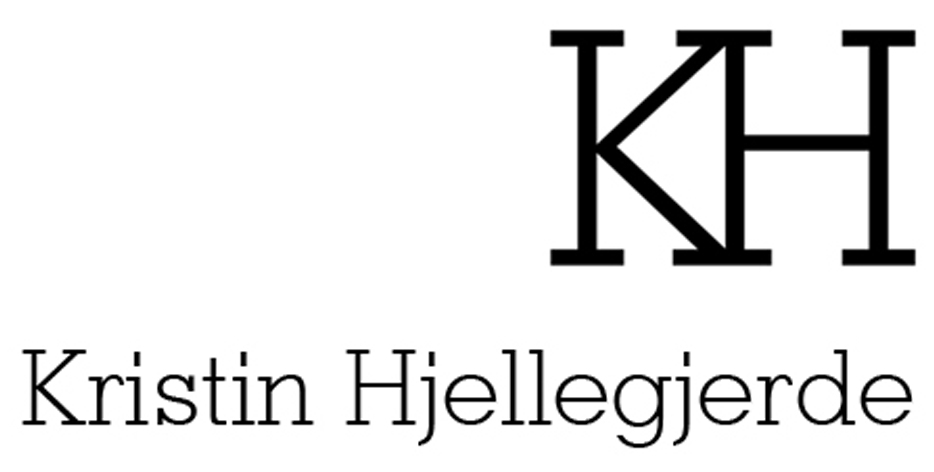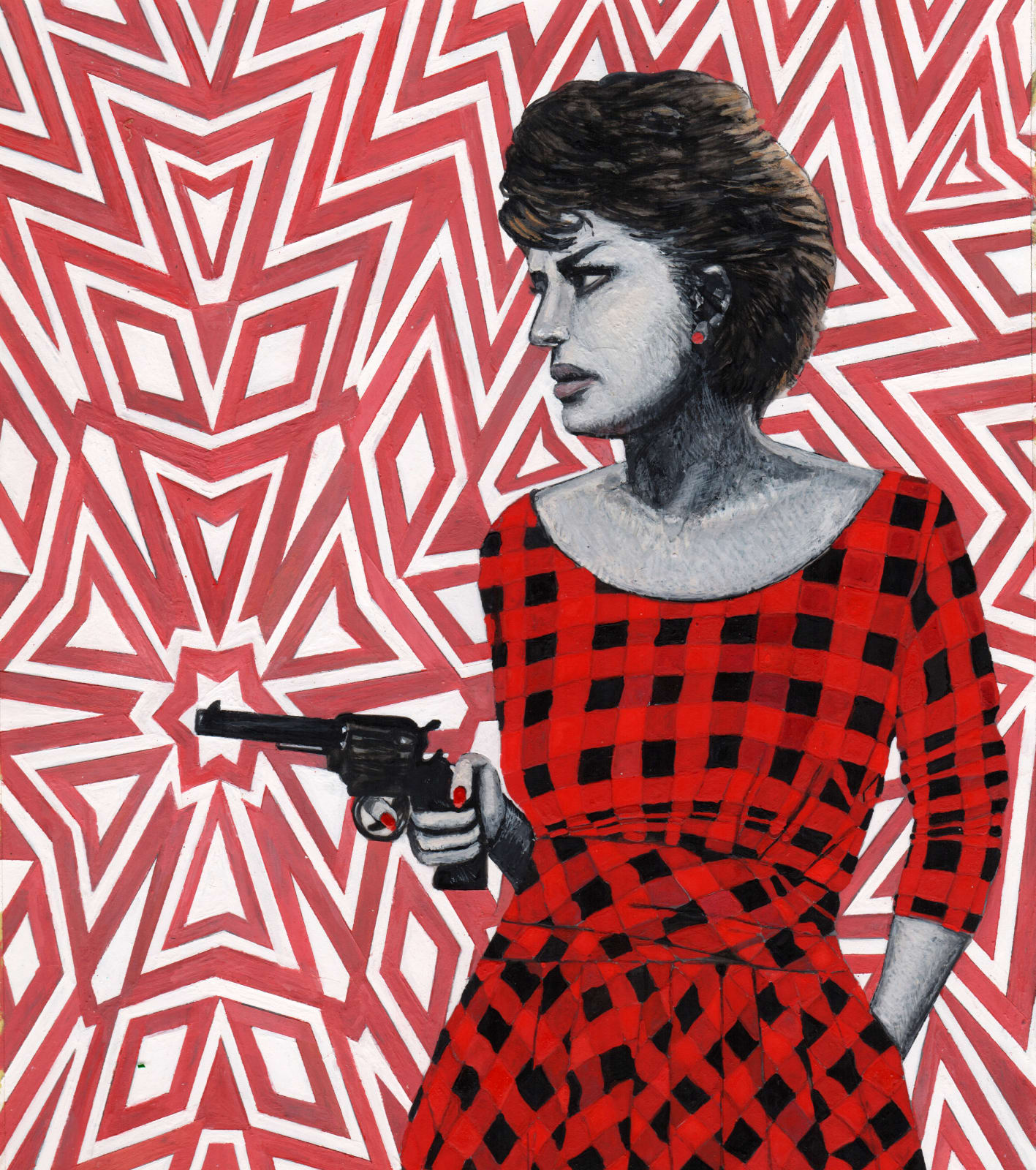Soheila Sokhanvari
Bang, 2019
Egg tempera on calf vellum
Painting Size:
15 x 14 cm
5 7/8 x 5 1/2 x in
Framed Size:
40 x 30 cm
15 3/4 x 11 3/4 in
15 x 14 cm
5 7/8 x 5 1/2 x in
Framed Size:
40 x 30 cm
15 3/4 x 11 3/4 in
Copyright The Artist
Bang (Portrait of Faranak) 2019 Faranak Mirghahari was born on 6th of July 1942 to colonel Sayed Bagher Mirghahri and his wife Siyareh Kaveh whilst he was stationed at Maku,...
Bang (Portrait of Faranak) 2019
Faranak Mirghahari was born on 6th of July 1942 to colonel Sayed Bagher Mirghahri and his wife Siyareh Kaveh whilst he was stationed at Maku, a city in the West Azerbaijan Province of Iran. She was the third child born to her parents however, due to the death of both of her siblings she became the beloved only child and very close to her father.
As a young girl her father encouraged her to follow the sports and the arts, so at school she learned to play, violin and piano and joined the cycling, volleyball, Ping Pong and horse-riding team.
At the age of 13, whilst her father was stationed in Shiraz, Faranak fell deeply in love with Habib, her 15-year-old distant relative but after Habib proposed to her family, her father opposed their union sighting their young age. Habib is said to have suffered from a fever on the rejection of his proposal.
At 17 she was spotted by the film director Samuel Khachikian to play a major role in a movie, her father needed much encouragement before he agreed to her acting, Khachikian had to promise that the filming could only happen during school’s summer recess with no nude or sexualised scenes. This was the first time a schoolgirl was given the leading female role in a film and this brought her a lot of attention. In 1961 she played in 7 films consecutively but after 3 years in the film industry and 15 films due to lack of good roles she rejected many offers, however retuned to cinema in 1966 with a role in “Two Humans” alongside more famous and popular actors of the time, however, after 32 films she completed her last film in 1970.
In 1971 she married, Dariush Moeeni who prohibited her from acting as soon as they married which hurt her greatly, this marriage did not last long, she travelled to NY to visit her family and stayed more or less in America. In 1981 she helped host and organise the first Iranian concert for exiled artists in LA. In 1992 she was contacted by her childhood love Habib who had become a prominent doctor in Washington, and they were married a year later.
In this almost monochrome red image Faranak is holding a gun, the title almost becomes the soundtrack for the image as the focus is on the barrel of the pistol as the moment of the gun firing, the action of which is represented by the Islamic geometric pattern that radiates from it. Iranian women in cinema were not often afforded the role of the aggressor so Faranak in 1962 in the film “The Last Hurdle” plays a woman who shoots her way through male patriarchy.
Faranak Mirghahari was born on 6th of July 1942 to colonel Sayed Bagher Mirghahri and his wife Siyareh Kaveh whilst he was stationed at Maku, a city in the West Azerbaijan Province of Iran. She was the third child born to her parents however, due to the death of both of her siblings she became the beloved only child and very close to her father.
As a young girl her father encouraged her to follow the sports and the arts, so at school she learned to play, violin and piano and joined the cycling, volleyball, Ping Pong and horse-riding team.
At the age of 13, whilst her father was stationed in Shiraz, Faranak fell deeply in love with Habib, her 15-year-old distant relative but after Habib proposed to her family, her father opposed their union sighting their young age. Habib is said to have suffered from a fever on the rejection of his proposal.
At 17 she was spotted by the film director Samuel Khachikian to play a major role in a movie, her father needed much encouragement before he agreed to her acting, Khachikian had to promise that the filming could only happen during school’s summer recess with no nude or sexualised scenes. This was the first time a schoolgirl was given the leading female role in a film and this brought her a lot of attention. In 1961 she played in 7 films consecutively but after 3 years in the film industry and 15 films due to lack of good roles she rejected many offers, however retuned to cinema in 1966 with a role in “Two Humans” alongside more famous and popular actors of the time, however, after 32 films she completed her last film in 1970.
In 1971 she married, Dariush Moeeni who prohibited her from acting as soon as they married which hurt her greatly, this marriage did not last long, she travelled to NY to visit her family and stayed more or less in America. In 1981 she helped host and organise the first Iranian concert for exiled artists in LA. In 1992 she was contacted by her childhood love Habib who had become a prominent doctor in Washington, and they were married a year later.
In this almost monochrome red image Faranak is holding a gun, the title almost becomes the soundtrack for the image as the focus is on the barrel of the pistol as the moment of the gun firing, the action of which is represented by the Islamic geometric pattern that radiates from it. Iranian women in cinema were not often afforded the role of the aggressor so Faranak in 1962 in the film “The Last Hurdle” plays a woman who shoots her way through male patriarchy.
Exhibitions
Rebel Rebel, Barbican, London, 7 October 2022 - 26 February 2023Addicted to Love, Kristin Hjellegjerde, London, 11 October - 16 November 2019
Rebel, Rebel, ARoS Aarhus Art Museum, Aarhus, Denmark, 13 January - 2 June 2024

